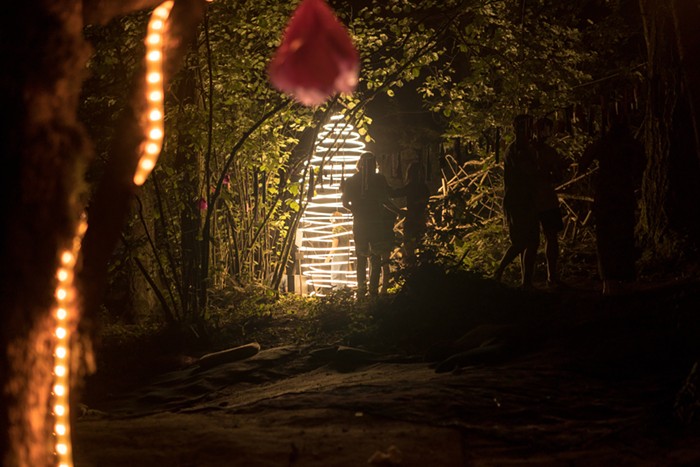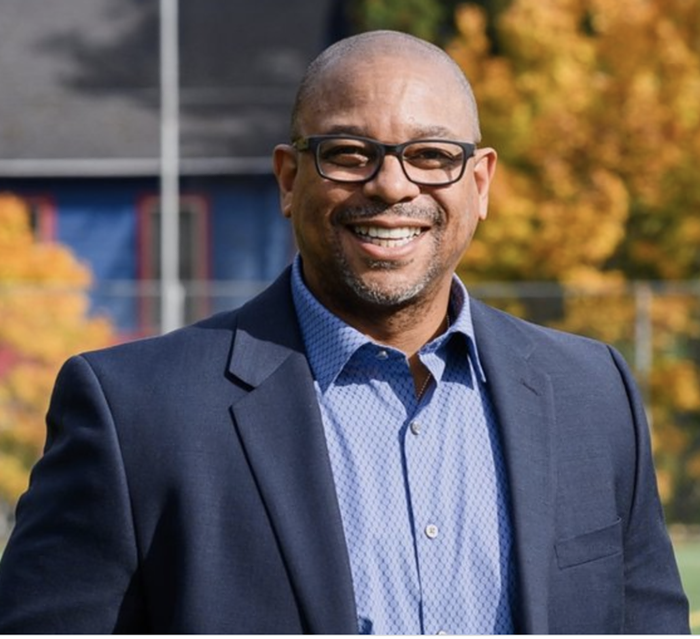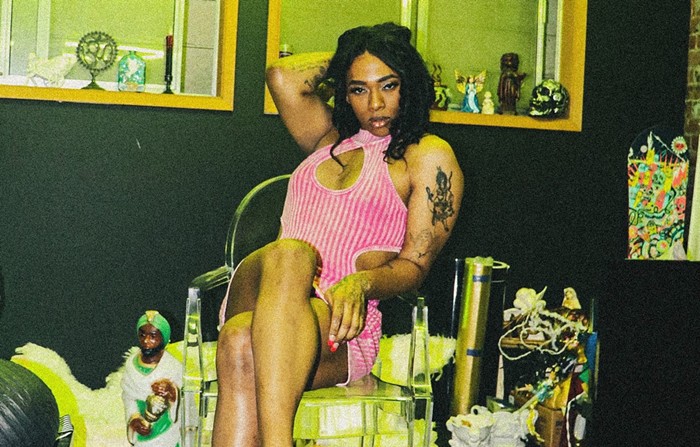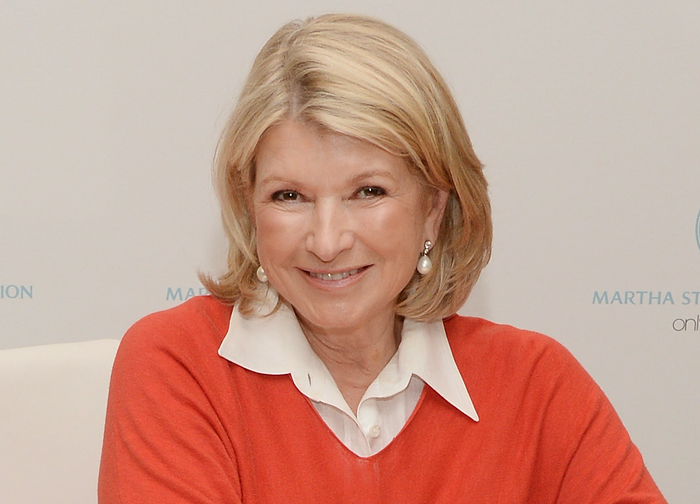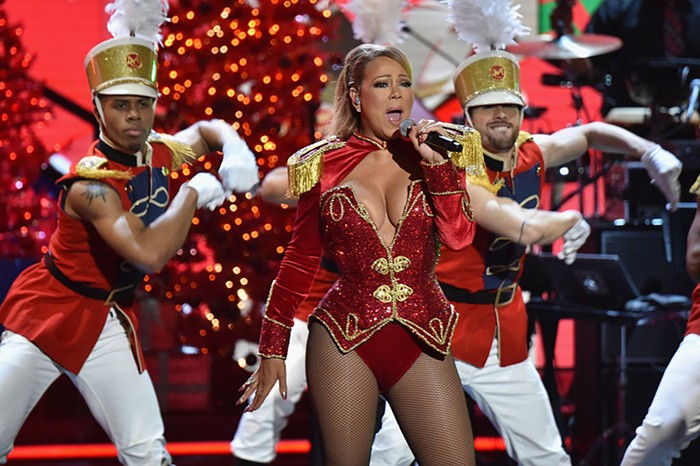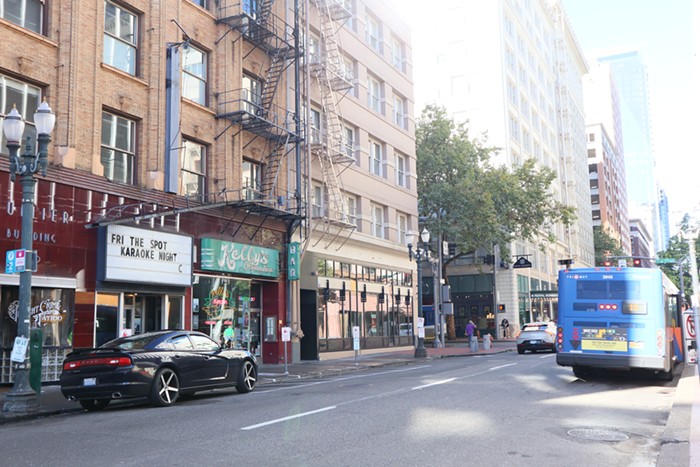AN EXAMINATION of the impact of anti-abortion laws, Dawn Porter's documentary Trapped couldn't have come at a better time: The Supreme Court is currently arguing the constitutionality of one such law, Texas' HB2, with Justices Ruth Bader Ginsburg, Elena Kagan, and Sonia Sotomayor bringing some much-needed feminist realtalk to a debate that for far too long has simply ignored the women it impacts.
You'd have to be kind of a monster to be cool with forcing a teenager who's been raped to travel hundreds of miles to an abortion clinic, only to be turned away because that clinic doesn't have the resources to provide the sedation she needs for her procedure, thus leaving her with two bad options: stay pregnant or cross state lines (or the Mexican border). That's unconscionable, right? But that's one real-life scenario shown in Trapped, and it's exactly what SCOTUS is currently arguing: whether targeted regulation of abortion providers, also known as TRAP laws, are actually anti-choice laws designed to shut down clinics through excessive regulation.
It's a question with an easy answer. The thing about abortion is that it will always be accessible to those with means, whether legal or not. But what's so damaging about the TRAP laws that lead to closed clinics and a shortage of providers—and what Trapped so excellently conveys—is that American anti-choice crusaders have always carried out their insidious project on the backs of our nation's most marginalized, disadvantaged women: poor women, women of color, young women. Theirs is an exercise in meaningless cruelty too few people understand, despite how common abortion actually is (three in 10 women will have one before the age of 45). Our lack of understanding is no one's fault—TRAP laws are deceptive by design, the language around them can be dry, and their impact on clinic closures poorly explained. This is where a documentary like Trapped is most effective: By connecting the dots, it makes it impossible to ignore one of our country's most shameful abuses of power.






